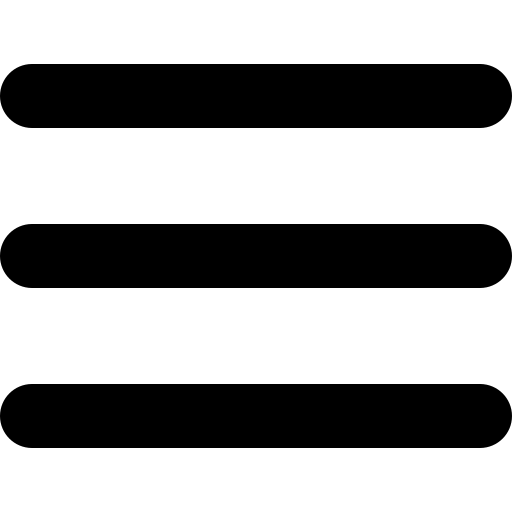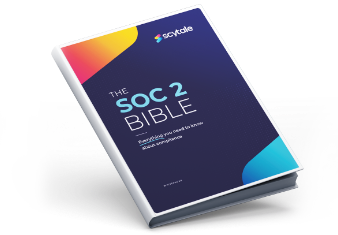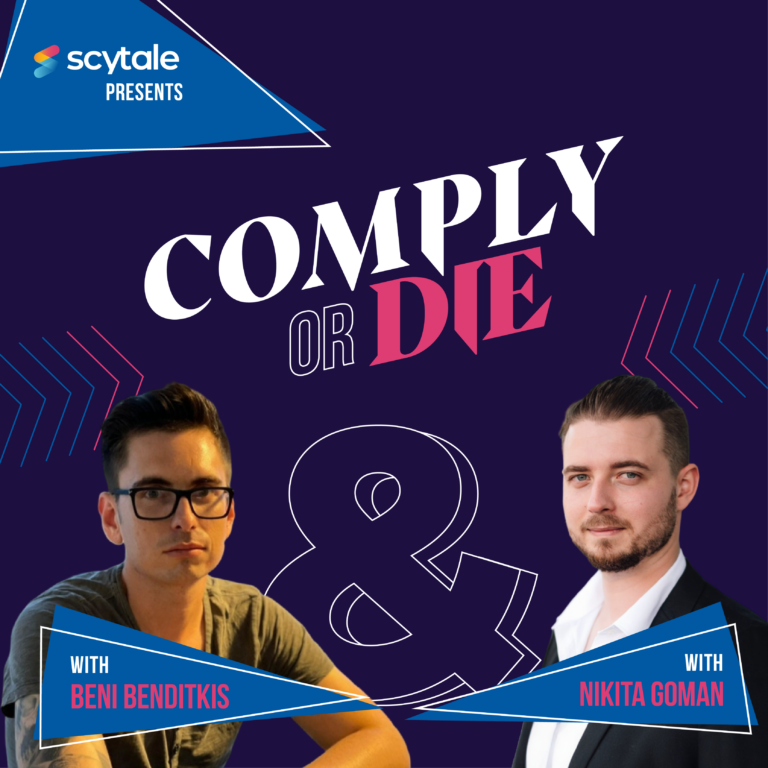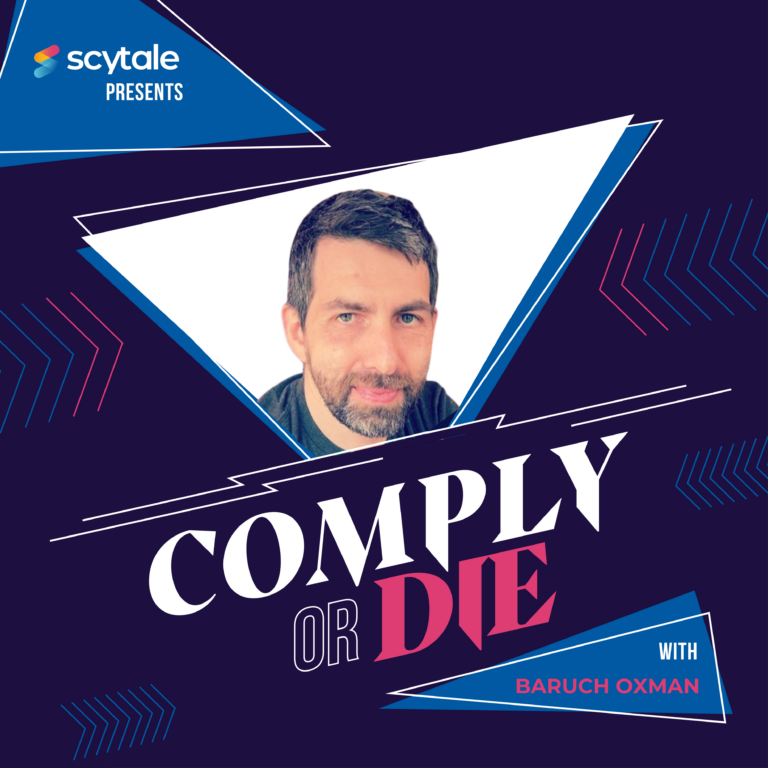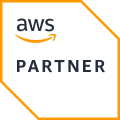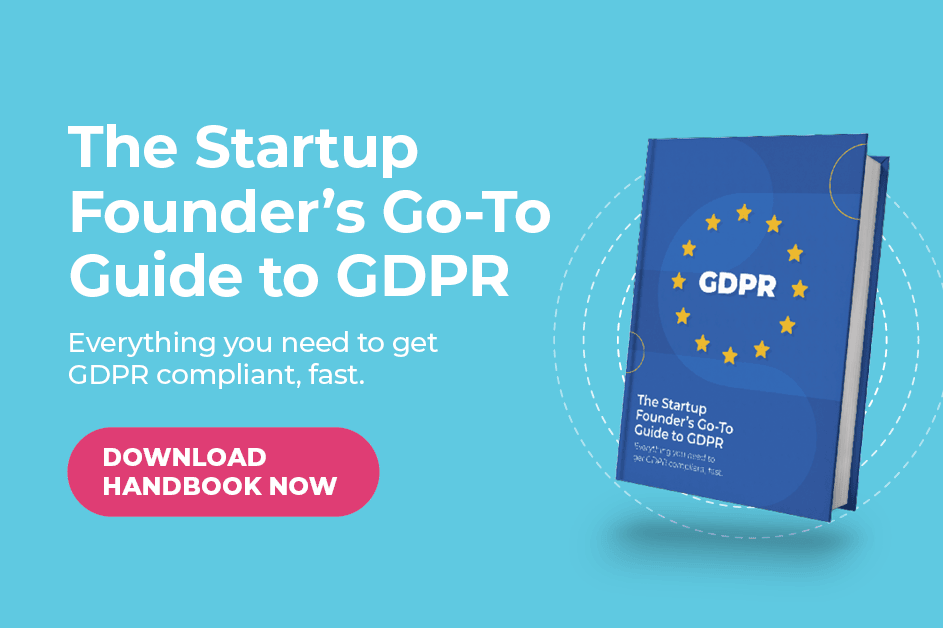Vasanth Madhure has over 25 years of experience working in the technology industry across three continents. He started his career working on IBM mainframes in India and later moved to the UK and then California. Security became a major focus around the mid 2000s due to increasing digitization and risks. Vasanth’s entry into security began around 12 years ago when he worked for a financial services startup that required security controls to protect customer data.
He believes compliance is important for businesses to thrive as it ensures adherence to regulatory requirements and industry standards. However, companies face challenges in achieving compliance due to lack of executive support, skilled professionals, and prioritization of which compliance efforts to pursue. Automation and compliance management tools can help make the process more efficient.
He thinks developers are now more receptive to the need for security and compliance compared to 10 years ago as they understand it enables the business. Cloud providers share responsibility for security with customers who must implement controls for their applications and environments. Certifications and courses help security professionals stay up to date on the latest technologies and trends. Balance between work and personal life is also important to avoid burnout through activities like hiking and spending time with family.
